Lajos Ligeti
October 28, 1902 - May 24, 1987
Ligeti was born at the North Hungarian city, Balassagyarmat. After his secondary school years at Gyarmat, he gained admission to the Budapest József Eötvös College of great fame and French orientation. As a student of the Faculty of Arts in the University of Budapest he studied classical philology, and learned even more absorbedly Turkish philology and severe judgement from Gyula Németh, with whom the undergraduate dissected the works of great Vámbéry to false and true segment. He learned etymology, a passion to search for the Turkish elements of Hungarian language from Zoltán Gombocz. But he realized that at home he could not arrive at the final source of our relationship with, and beyond, the Turkish peoples, so after he took a Ph. D. degree with honours - then rewarded with an iron ring instead of the golden one of the pre-war time - he gladly went to Paris to be instructed by the great masters of Sorbonne. On a Hungarian scholarship, he studied Chinese subjects with Henri Maspéro, Tibetan philology - in the wake of Csoma de Kőrös - with Jacques Bacot, and first and foremost, the Mongolian and related fields with highly versatile Paul Pelliot, his most influential professor in Paris.
The metropolis urged him to stay, but he returned to Hungary, into unemployment. Eventually he managed to raise support for an expedition to China. In 1928-30 he visited the Mongols in the north between theGreat Wall and the Gobi Desert. He lived in lamaistic monasteries and studied the little known languages of southern and eastern Mongolians: Chahar, Harchin Tumet and Dagur, so important for its ancient pecularities. Most of his collection was destroyed during the Second World War, but his invaluableold Mongolian, Manchu, Tibetan and Chinese Manuscripts and books survived, which he gave to the Library of the Hungarian Academy as a gift. In his scholarly report (Rapport preliminaire..., 1933) he made mention of his inquiry into the 108-volume Mongolian Buddhist canon, which he was the first to describe as an immense source for linguistic, cultlral and historical research (Catalogue du Kanjur mongol imprimé, 1942-1944). In the autumn of 1936 he travelled to Afghanistan, where he sought out the Moghols, a people believed to have already vanished, and reported new data on their disappearing language. He also studied the folklore of the Uzbeks in Afghanistan. In the meantime he dicovered the correlation between the long vowels of old and contemporary Turkish languages.
From 1936 he was elected corresponding member of the Hungarian Academy of Sciences and an ordinary member from 1947. He was 37 when he became a professor of the Faculty of Arts in the University of Budapest and a year later he was appointed to the holder of the Chair of Inner Asia. He was the first to teach there Mongolian and Tibetan language and culture, Inner Asian history and Manchu, from the alphabet to many settled and unsettled quetions and to various complex methods of investigations. In addition to his own department, for twenty years, he also held the Chair of the Far East, where he taught the first generations of Hungarian sinologists. For several years he was in the Chair of Turkish philologyas well. Among others, he was also managing director of the Institute for Hungarian Studies.
He was the vice-president of the Hungarian Academy of Sciences for two decades. He was the founder of Acta Orientalia Academiae Scientiarum Hungaricae, so far the longest-lived of our journals devoted to Oriental studies; he edited the monograph series Bibliotheca Orientalis Hungarica in Europaean languages and that of the Csoma de Krös Pocket Library in Hungarian; he reorganized the Csoma de Krös Society, set up a research group under the aegis of the Academy to constitute a workshop for tacking the philological problems of Mongolian, Turkish, Manchu, Tungus and Inner Asian subjects. He initiated the teaching of Altaic subjects at Szeged University. He donated his private library of several thousand volumes to the library of Szeged University.
After his tour of Japan at the onset of the Second World War, from the late 40-s he travelled extensively, also to Mongolia and again to China, though for shorter times. He devoted most of his time left from his university and academy engagements to research. He probed into the history of the Mongolian, Turkish, Manchu, Tungus and Tibetan languages, literature and culture, published and interpreted sources, edited the Collection of Mongolian Written Monuments and the Mongolian Vocabulary of Istanbul, dechipered the Mongolian material in the Yemen Polyglot written in Arabic script, threw light on the principles and dechipherment of the Jurchi "small characters" and searched for the key to the Khitan language and writing.
He published in Hungarian and in foreign languages (first of all in his favourite French); he wrote for the narrow circle of connoisseurs and for all literate Hungarians in a wise, well- refined style. He translated the Secret History of the Mongols, the Tibetan Sa-skya pandita's Subhasitaratnanidhi into Hungarian. His last greatest work, The Early Turkish Relations of the Hungarian Language before the Conquest and during the rpád Dynasty - published in Hungarian - is good reading for experts and lay readers alike for all who are interested in the living linguistic proof of our relationships reaching as far as the easternmost corners of Inner Asia, and in the Hungarian prehistory in general.
He was a member of several scholarly associations abroad. Several Hungarian decorations and those of other countries acknowledged his endeavours in education, research, organization and the public life.
Kara György, Louis Ligeti, 1902-1987: AOH 41(1987) pp. 3-6.

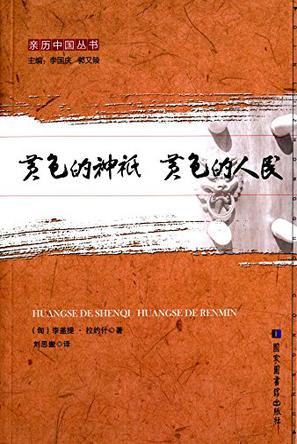

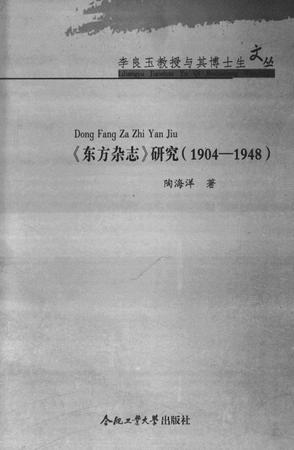
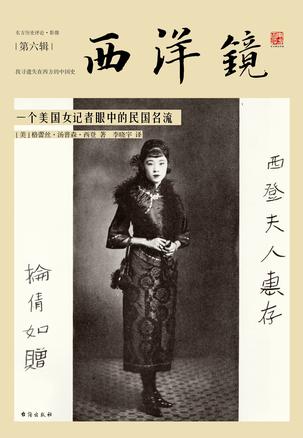
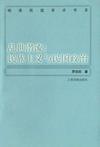
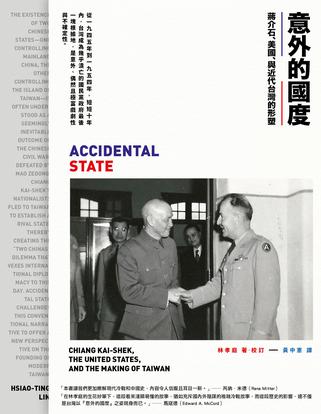
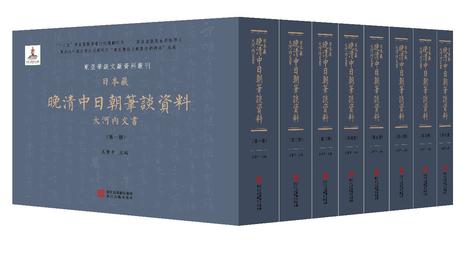
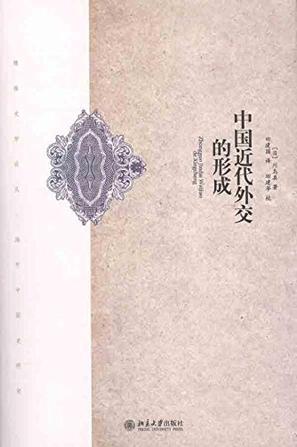
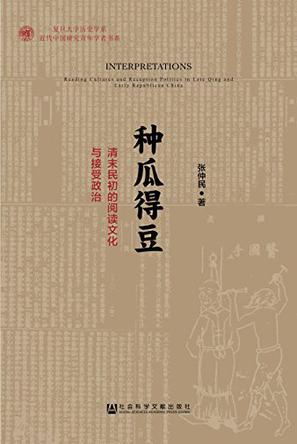
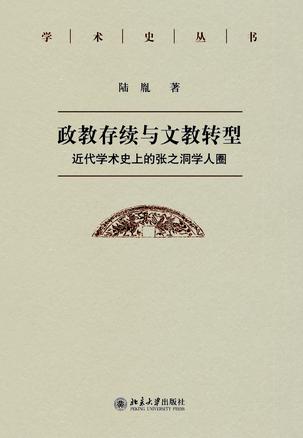
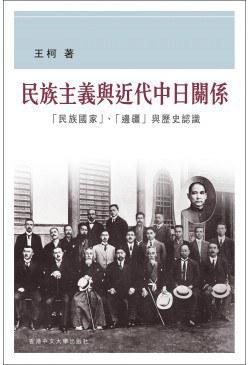
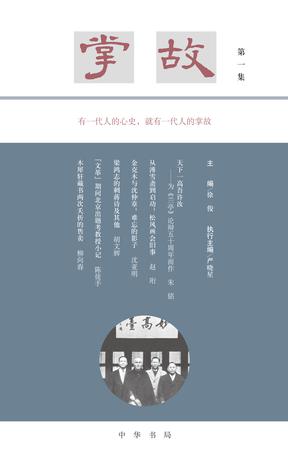
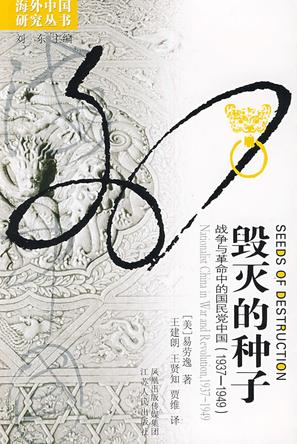
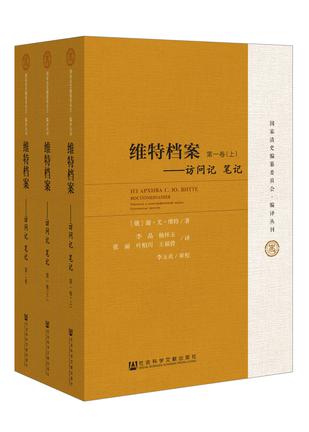
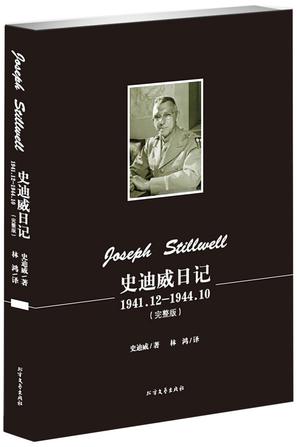
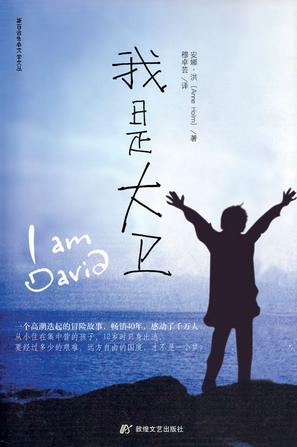
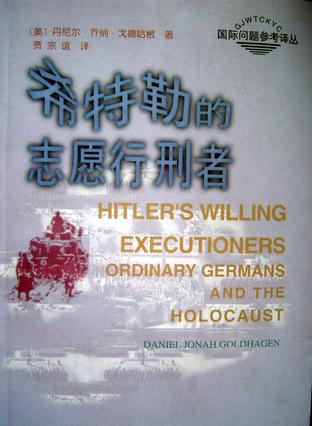
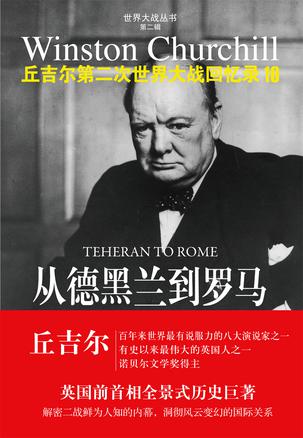

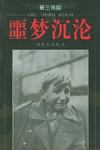
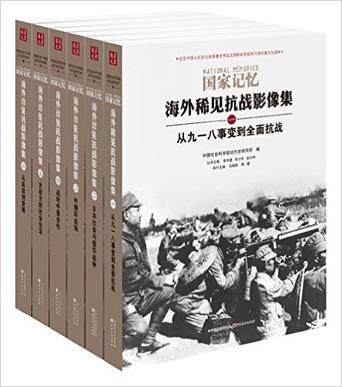
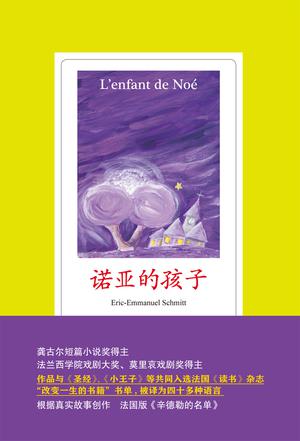
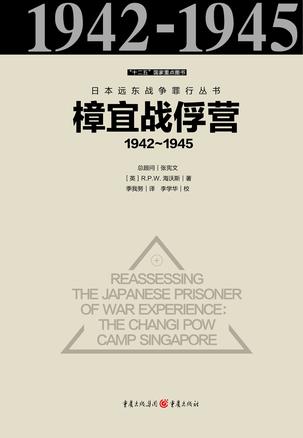
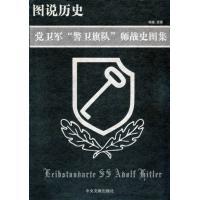


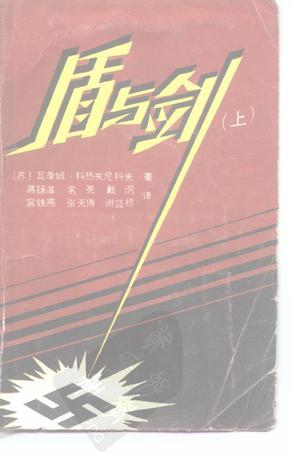
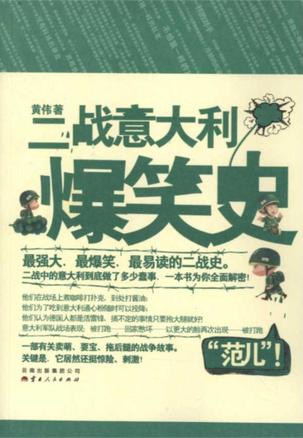
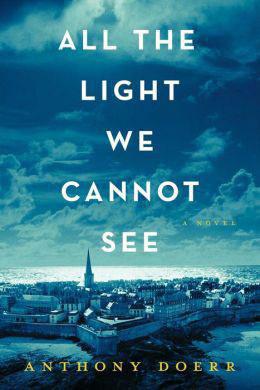
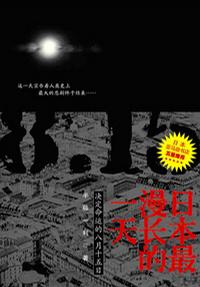
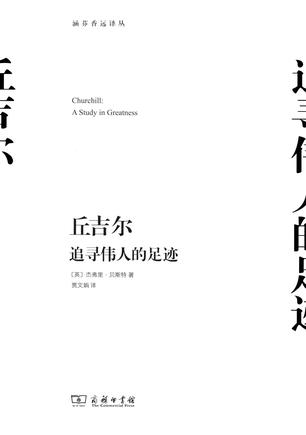
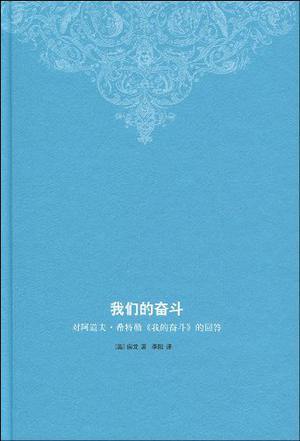
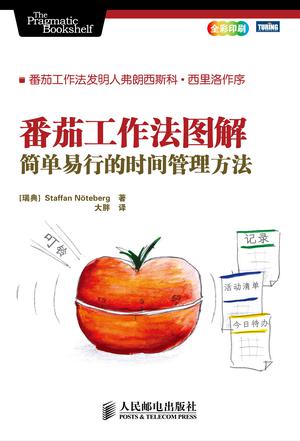


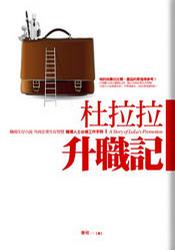
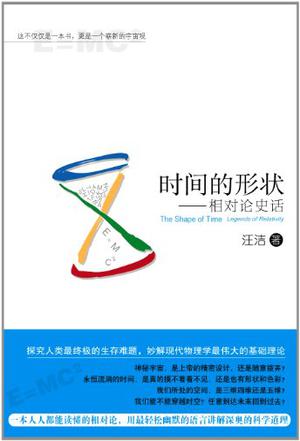
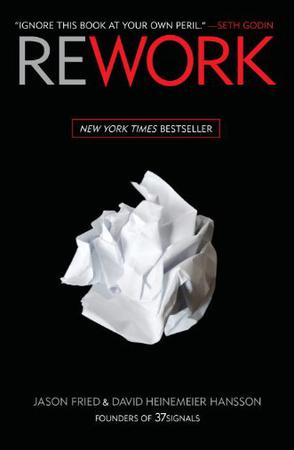
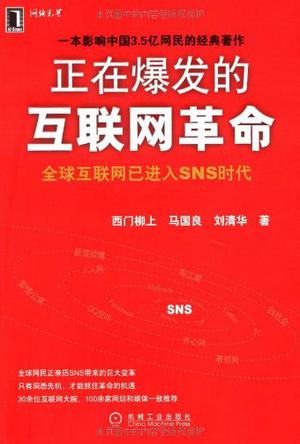
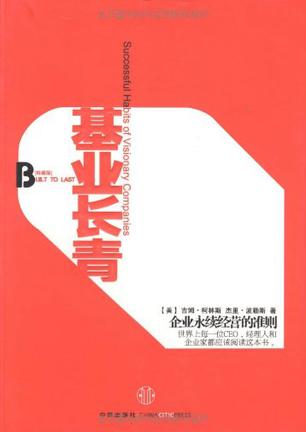
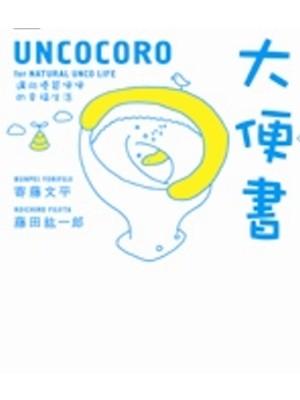

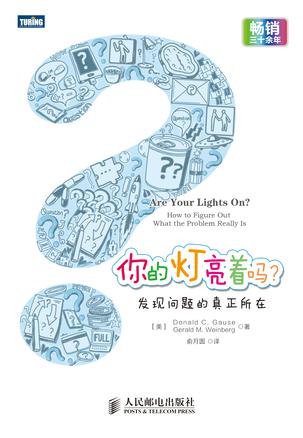
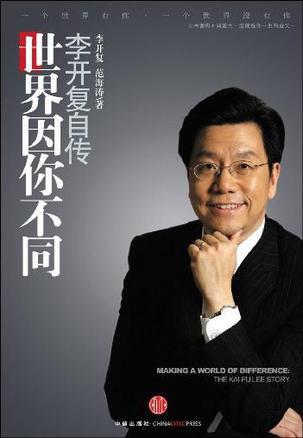
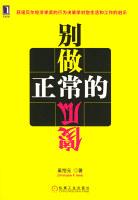
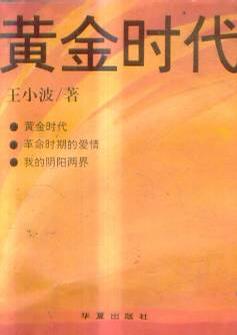
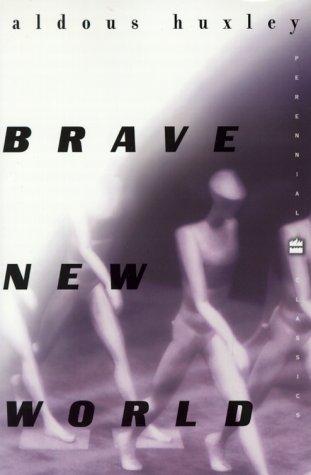
评价“黄色的神祇 黄色的人民”